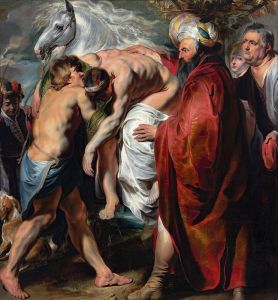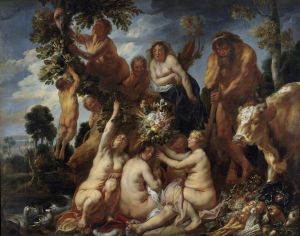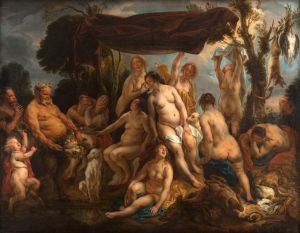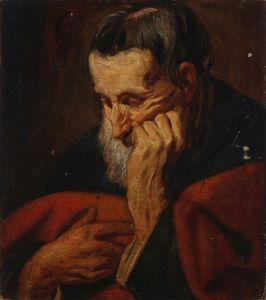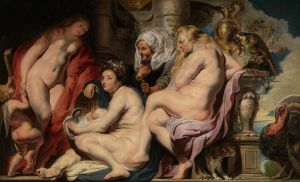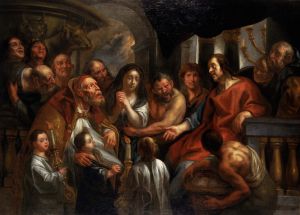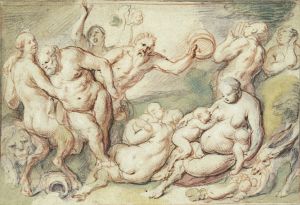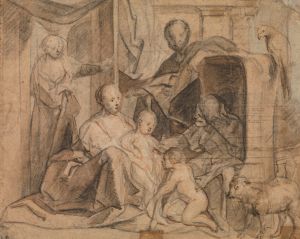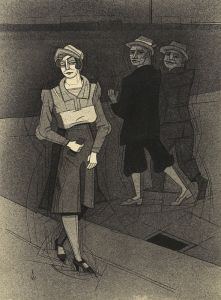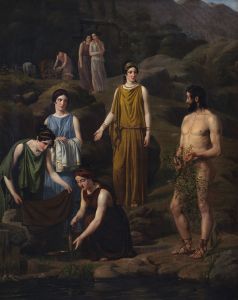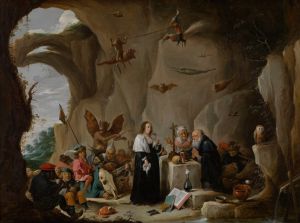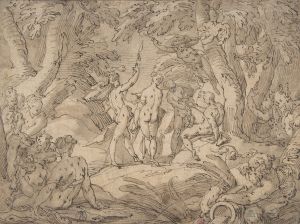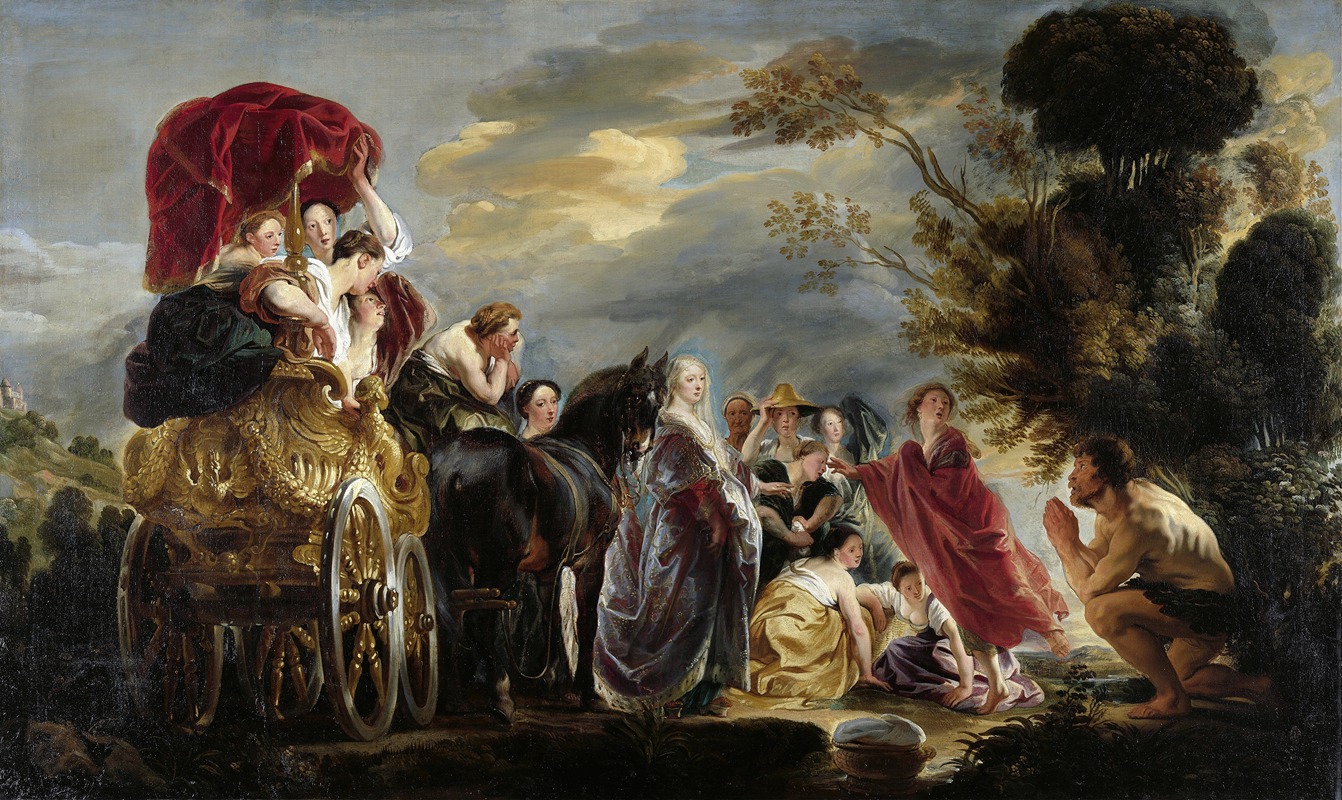
The Meeting of Odysseus and Nausicaa
A hand-painted replica of Jacob Jordaens’s masterpiece The Meeting of Odysseus and Nausicaa, meticulously crafted by professional artists to capture the true essence of the original. Each piece is created with museum-quality canvas and rare mineral pigments, carefully painted by experienced artists with delicate brushstrokes and rich, layered colors to perfectly recreate the texture of the original artwork. Unlike machine-printed reproductions, this hand-painted version brings the painting to life, infused with the artist’s emotions and skill in every stroke. Whether for personal collection or home decoration, it instantly elevates the artistic atmosphere of any space.
Jacob Jordaens, a prominent Flemish Baroque painter, created "The Meeting of Odysseus and Nausicaa" around 1630-1640. This painting is a significant example of Jordaens' mastery in depicting mythological themes with dramatic intensity and vivid detail. Jordaens was a contemporary of Peter Paul Rubens and Anthony van Dyck, and he is often celebrated for his dynamic compositions and robust figures.
"The Meeting of Odysseus and Nausicaa" illustrates a scene from Homer's epic poem, "The Odyssey." In this narrative, Odysseus, the hero of the story, is shipwrecked on the island of Scheria, home to the Phaeacians. Exhausted and naked, he encounters Nausicaa, the daughter of King Alcinous, who is at the shore with her maidens. Nausicaa, struck by his plight, provides him with clothing and guides him to her father's palace, setting the stage for his eventual return to Ithaca.
Jordaens' painting captures the moment of their encounter with a keen sense of drama and emotion. The composition is marked by its dynamic arrangement of figures and the expressive gestures that convey the narrative's tension and compassion. Odysseus is depicted with a rugged appearance, emphasizing his long and arduous journey. Nausicaa, on the other hand, is portrayed with grace and empathy, highlighting her role as a compassionate helper.
The use of light and shadow in the painting enhances the dramatic effect, a technique that Jordaens skillfully employed to draw the viewer's attention to the central figures. The rich color palette and detailed rendering of textures, such as the folds of the garments and the natural landscape, demonstrate Jordaens' technical proficiency and his ability to create a vivid and immersive scene.
Jordaens' interpretation of this mythological encounter reflects the Baroque era's fascination with classical themes and its emphasis on emotional intensity and movement. His ability to convey complex human emotions through his characters' expressions and interactions is evident in this work, making it a compelling representation of the story from "The Odyssey."
"The Meeting of Odysseus and Nausicaa" is housed in the Royal Museums of Fine Arts of Belgium in Brussels, where it continues to be admired for its artistic and historical significance. Jordaens' contribution to the Baroque movement and his skill in bringing mythological tales to life through his paintings have cemented his place as one of the notable artists of his time.
In summary, Jacob Jordaens' "The Meeting of Odysseus and Nausicaa" is a masterful depiction of a pivotal moment from "The Odyssey," showcasing the artist's ability to blend dramatic narrative with technical excellence. The painting remains an important piece within the context of Baroque art and continues to be studied and appreciated for its artistic merit and historical context.





